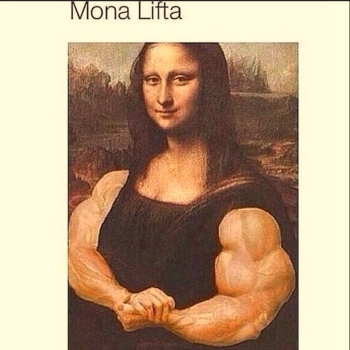Chlorine gas reacts with sold sodium to form solid sodium chloride Write a balanced chemical equation?
2 Answers
Explanation:
That is the the stoichiometric equation....normally, we would give the metal a good roasting to get it volatile and able to react with the chlorine gas.. The overall reaction is exothermic...
Explanation:
- Chlorine (
#Cl_(2)# ) is most often seen in these types of problems as a gaseous substance (hence the little " g " on its subscript - Sodium (
#Na# ) is most often seen in its solid form (as a reactant)
in basic chem. problems like this as well (hence the little " s "
on its subscript) - If we combine these two we get table salt (
#NaCl# ) which itself is a solid substance.
Here is the general equatioon of how a Metal (
With all that said we have...
BUT...We have to balance it!
Remember moles are coefficients, if you could see them it'd look something like this...
You have 1 mole of
You have 1 mole of
You have 1 mole of
Remember atoms are subscripts, such as the
You have 1 atom of
You have 2 atoms of
You have 1 atom of
These atoms should always be balanced with the moles on both sides. To do this we put those numbers (# of moles) in the coefficients!
So "balancing" this would give us...
If confused at all or need any more practice, this video is extremely helpful for learning how to balance basic chemical equations:


